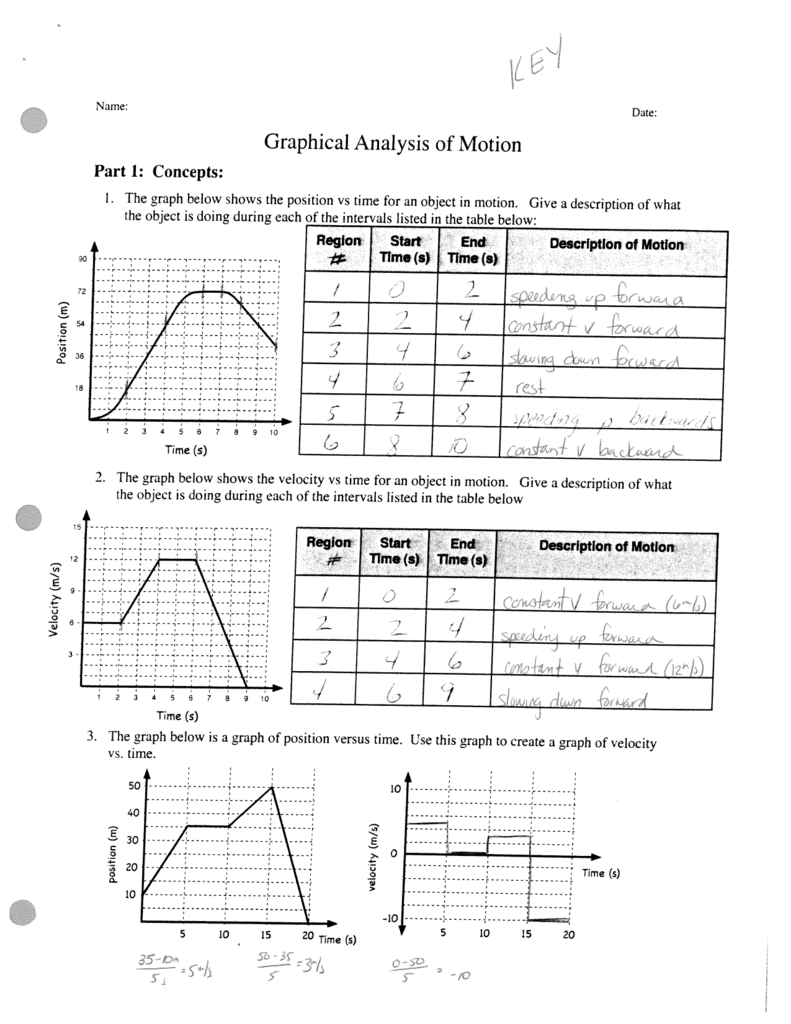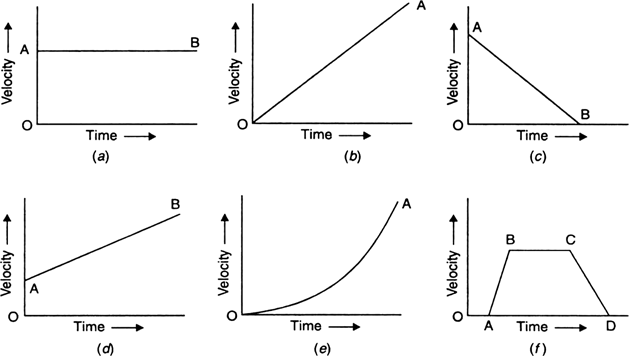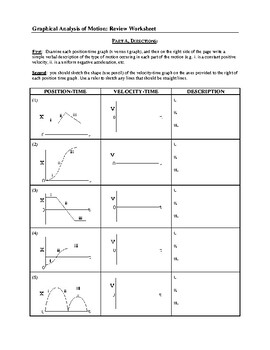

The universe is full of matter and the attractive force of gravity pulls all matter together. Granted, the slowing had not been observed, but, theoretically, the universe had to slow. It might have enough energy density to stop its expansion and recollapse, it might have so little energy density that it would never stop expanding, but gravity was certain to slow the expansion as time went on. In the early 1990s, one thing was fairly certain about the expansion of the universe. Textbook content produced by OpenStax is licensed under a Creative Commons Attribution License. We recommend using aĪuthors: Paul Peter Urone, Roger Hinrichs Use the information below to generate a citation. Then you must include on every digital page view the following attribution: If you are redistributing all or part of this book in a digital format, Then you must include on every physical page the following attribution: If you are redistributing all or part of this book in a print format,

Want to cite, share, or modify this book? This book uses the The velocity increases until 55 s and then becomes constant, since acceleration decreases to zero at 55 s and remains zero afterward. 0 m/s 2 to zero when the car hits 250 m/s. (This was the final velocity of the car in the motion graphed in Figure 2.46.) Acceleration gradually decreases from 5.

Time again starts at zero, and the initial velocity is 165 m/s. Now consider the motion of the jet car as it goes from 165 m/s to its top velocity of 250 m/s, graphed in Figure 2.49. Graphs of Motion Where Acceleration is Not Constant Further experiments are then performed to determine the validity of the hypothesized relationships. From such graphs, mathematical relationships can sometimes be postulated.

Correlations imply physical relationships and might be shown by smooth graphs such as those above. In fact, an important way to discover physical relationships is to measure various physical quantities and then make graphs of one quantity against another to see if they are correlated in any way. It is not accidental that the same equations are obtained by graphical analysis as by algebraic techniques. Notice that this equation was also derived algebraically from other motion equations in Motion Equations for Constant Acceleration in One Dimension. If we call the horizontal axis the x x-axis and the vertical axis the y y-axis, as in Figure 2.44, a straight-line graph has the general formĪ general relationship for velocity, acceleration, and time has again been obtained from a graph. When two physical quantities are plotted against one another in such a graph, the horizontal axis is usually considered to be an independent variable and the vertical axis a dependent variable. Slopes and General Relationshipsįirst note that graphs in this text have perpendicular axes, one horizontal and the other vertical. This section uses graphs of position, velocity, and acceleration versus time to illustrate one-dimensional kinematics. Graphs not only contain numerical information they also reveal relationships between physical quantities. time.Ī graph, like a picture, is worth a thousand words.


 0 kommentar(er)
0 kommentar(er)
